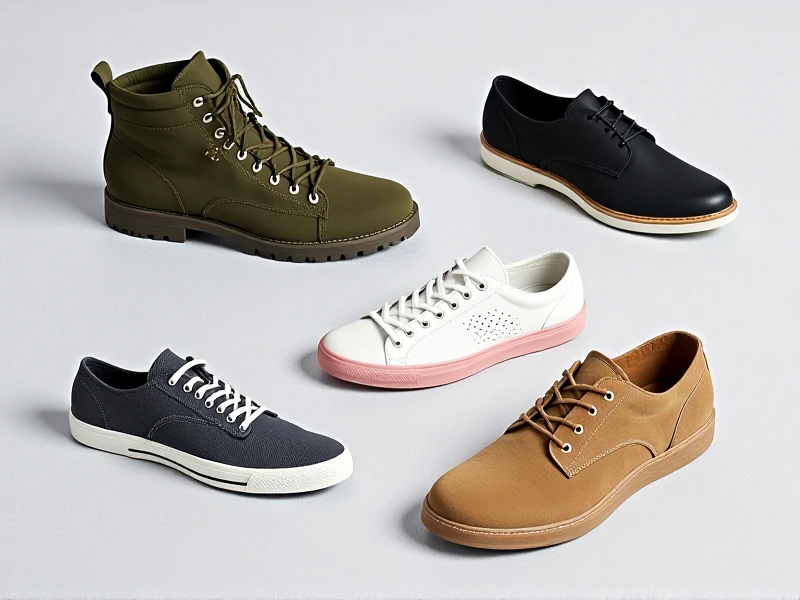Conquer Every Trail: Finding Your Perfect Men's Hiking Shoes

Hitting the trails demands the right gear, starting from the ground up. Men's hiking shoes are the unsung heroes of any outdoor adventure, blending protection, support, and comfort over challenging terrain. Choosing the perfect pair isn't just about aesthetics; it's about preventing blisters, enhancing stability, and fueling your confidence mile after mile.
The first crucial decision is boot height. Ankle support varies significantly:
- Low-Cut Hiking Shoes: Offer superb flexibility and are generally lighter, ideal for day hikes on well-maintained trails and warm weather.
- Mid-Cut Hiking Boots: Provide excellent balance, delivering enhanced ankle support for moderate rocky paths, light backpacking, and hikers needing a little extra stability without heavy weight.
- High-Cut Hiking Boots: Offer maximum ankle support and protection on rough, uneven trails, during multi-day backpacking trips carrying heavier loads, or navigating deep mud and scree.
Next, footwear traction is paramount. The outsole determines your grip. Look for aggressive, multi-directional lugs – deeper lugs excel in muddy or loose soil, while more closely spaced patterns perform better on rocky surfaces. Vibram® soles are renowned for their durable grip, but other quality rubber compounds also perform exceptionally. Ensure the forefoot flexes naturally without compromising underfoot stability.
Durability demands robust materials. Options include:
- Full-Grain Leather: Extremely rugged and water-resistant, perfect for demanding conditions but typically heavier and requiring a break-in period.
- Split-Grain Leather or Nubuck: Combined with synthetic mesh panels, these offer a great blend of durability, breathability, lighter weight, and often faster drying times.
- Synthetic Suede & Mesh: Provide the lightest weight and maximum breathability, generally requiring minimal break-in. Durability might be slightly less than full leather for the most extreme use.
Waterproofing technology is essential for unpredictable weather. Most quality hiking boots feature membranes like GORE-TEX® or proprietary variations. These barriers effectively repel external moisture while allowing sweat vapor to escape, keeping feet dry from both rain and stream crossings. Pair this with seam-sealed construction for maximum water protection. For consistently hot, dry trails, highly breathable non-waterproof options prevent overheating.
Never underestimate foot comfort and fit. Proper sizing is critical – always try boots on late in the day when feet are slightly swollen. Wear the socks you'll hike in for an accurate gauge. Allow roughly a thumb's width of space beyond your longest toe, and ensure heels are locked securely without slippage. Look for features like EVA midsoles or specialized polyurethane for cushioning comfort, rock plates to shield against sharp stones, and supportive footbeds. Prioritize boots that feel "right" immediately, as excessive rubbing points usually aren't fixed during break-in.
Premium hiking boots often feature protective toe caps (rubber bumper) guarding against stubbed toes on rocks, and reinforced heel counters enhancing stability and lessening fatigue. Consider weight – lightweight shoes offer agility but may compromise on rugged protection. Heavier boots provide maximum support under load but demand more energy output.
Ultimately, the best hiking boots are the ones that disappear on your feet, seamlessly supporting every step. Consider where you hike most often, the loads you carry, and your personal need for support versus agility. Investing in well-chosen footwear extends your adventures and transforms challenging paths into rewarding journeys. Are your current boots ready for the next peak?
Word Count: Approx. 407